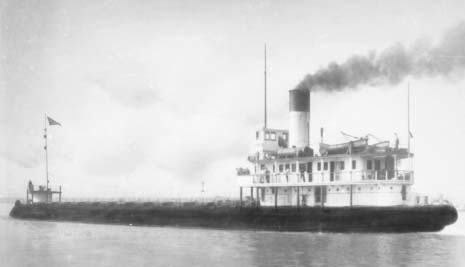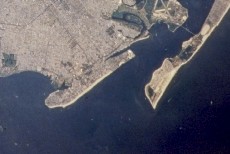Whenever freaque waves are mentioned, they are usually implied that unexpectedly large waves occurred in the deep ocean. That’s also most of the research efforts have been concentrated on. But freaque waves are not merely confined to the deep ocean, far from it! Nearshore freaque waves along the beach are also happen frequently with disastrous consequences. They are not part of the classical nearshore hydrodynamics and there is no known research effort enacted to examine or explore those nearshore freaque waves. A few depressing news in the last few days can only call attention to the inanition of understanding in this realm.
October 23, 2006, Seattle Times, in the Mexican resort town of
October 22, 2006, Times-Standard, Redwood Creek Beach County Park in northern California, a 4 year old girl, who was playing on dry sand only a few step from her mother and her mother’s girl friend, who were sitting on the beach when a wave took them by surprise and swept the little girl into the ocean. When the mother and her friend went into water to rescue the child, the friend was also lost.
October 24, 2006, Irish Post, Greek tourist
It is extremely dreadful to read or hear these kind of tragic stories happen in various part of the world ocean and feel so hapless. It can happen anywhere and any time without any possible warning. We are simply incapable and helpless by any means from preventing their happenings at the present. And there does not seem to have any tangible effort from the powers that be to remedy this dismal condition either. Rely on the expertise of over-worked, under-staffed, Coast Guard valiants, Que Sera Sera!


